Home>Kitchen & Cooking>Kitchen Gadgets & Utensils>How Long Does It Take For Water To Boil In A Kettle
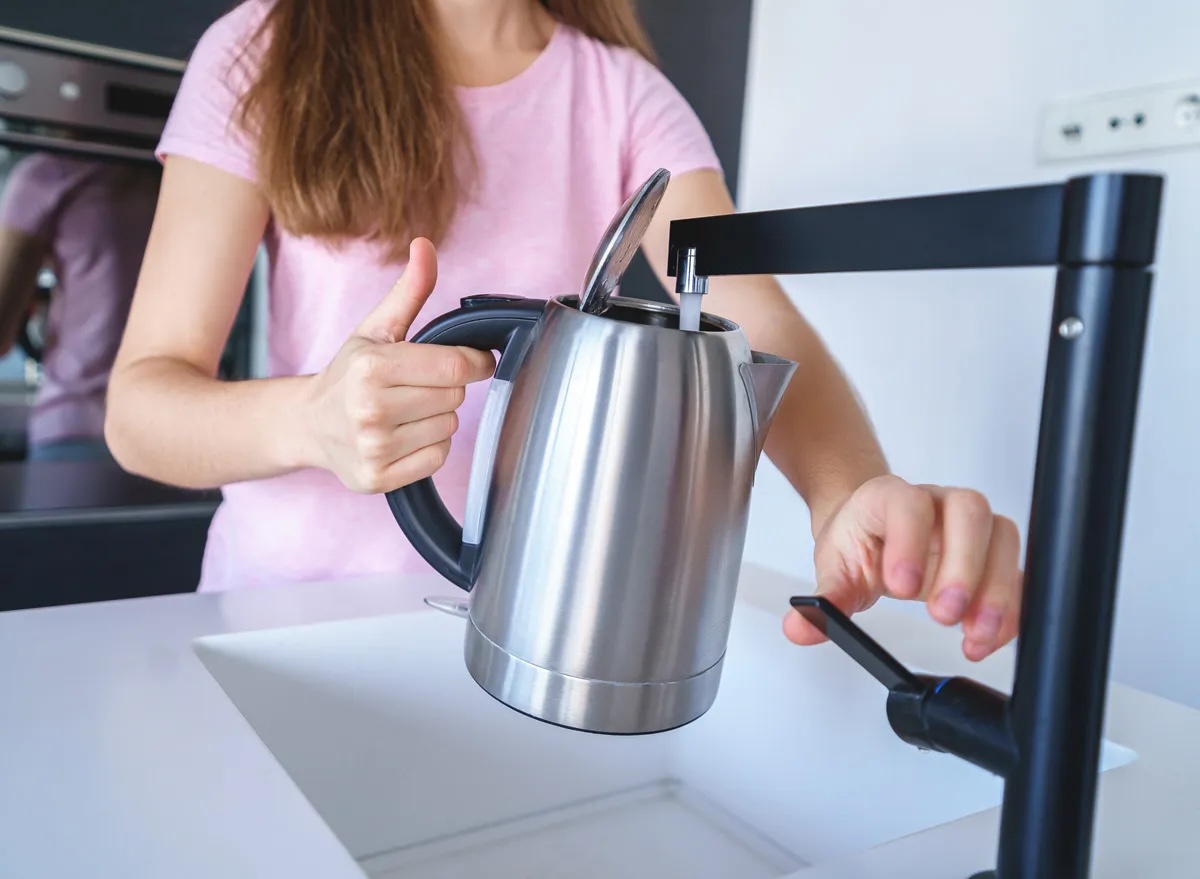

Kitchen Gadgets & Utensils
How Long Does It Take For Water To Boil In A Kettle
Published: January 21, 2024
Discover the perfect timing for boiling water in a kettle and find out how kitchen gadgets and utensils can make the process more efficient. Learn more today!
(Many of the links in this article redirect to a specific reviewed product. Your purchase of these products through affiliate links helps to generate commission for Storables.com, at no extra cost. Learn more)
Introduction
Hey there, fellow kitchen enthusiasts! Have you ever found yourself eagerly waiting for that kettle to boil as you prepare your morning cup of tea or coffee? The anticipation can be both exciting and slightly frustrating, especially when you're in a rush. We've all been there, tapping our feet and wondering, "How long does it really take for water to boil in a kettle?"
Well, fear not, as we're about to embark on a journey to uncover the mysteries of boiling water in a kettle. Join me as we delve into the fascinating world of kitchen science and explore the factors that influence boiling time, the mesmerizing boiling process itself, and some practical tips to expedite the boiling phenomenon. So, grab your favorite mug, settle in, and let's unravel the secrets of boiling water in a kettle!
Key Takeaways:
- Boiling time is influenced by altitude, kettle material, water volume, stove power, and starting water temperature. Understanding these factors can help expedite the boiling process and optimize kitchen efficiency.
- The boiling process is a captivating display of physics and chemistry, symbolizing the transformation of water into steam. It’s not just about reaching a specific temperature; it’s a mesmerizing dance of molecules and energy transfer.
Factors Affecting Boiling Time
Before we set the kettle on the stove and eagerly wait for the water to reach its boiling point, it’s essential to understand the various factors that can influence the boiling time. Let’s take a closer look at these influential elements:
- Altitude: Believe it or not, the altitude of your location plays a significant role in the boiling time of water. At higher altitudes, where the atmospheric pressure is lower, water boils at a lower temperature. This means that it takes longer for water to reach its boiling point, especially when compared to boiling water at sea level.
- Kettle Material: The material of the kettle can impact the boiling time. Stainless steel kettles, for instance, are known for their excellent heat conductivity, allowing water to heat up relatively quickly. On the other hand, kettles made from materials with lower heat conductivity may prolong the boiling process.
- Water Volume: The volume of water in the kettle directly affects the boiling time. It’s a simple concept – the more water you have, the longer it will take to reach the boiling point. So, whether you’re boiling a full kettle or just a cup’s worth of water, keep in mind that the quantity will influence the time it takes to boil.
- Stove Power: The power of your stove or heating element plays a crucial role in determining boiling time. A higher wattage or gas flame can expedite the process, while lower heat settings will naturally extend the time required for water to boil.
- Starting Water Temperature: The initial temperature of the water matters. If you begin with hot tap water, it will require less energy to reach the boiling point compared to starting with cold water. This can shave off precious minutes from the boiling process, especially when you’re in a hurry.
By understanding these factors, you’ll gain valuable insights into the dynamics of boiling water in a kettle. Now that we’ve uncovered the variables at play, let’s dive into the mesmerizing boiling process itself.
Use a kettle with a higher wattage to boil water faster. A 1500-watt kettle will boil water in about 4-5 minutes, while a 1000-watt kettle will take 6-7 minutes.
The Boiling Process
Picture this: you’ve filled your trusty kettle with water, placed it on the stove, and cranked up the heat. As you patiently wait for the water to reach its boiling point, a captivating transformation is underway. The boiling process is a remarkable display of physics and chemistry, and understanding it can deepen our appreciation for this everyday occurrence.
When heat is applied to the kettle, the energy is transferred to the water molecules within. As the temperature rises, the water molecules become increasingly agitated, gaining kinetic energy and bouncing around more vigorously. Eventually, at the magic temperature of 212 degrees Fahrenheit (100 degrees Celsius at sea level), the water reaches its boiling point. At this critical juncture, something extraordinary happens – the liquid water undergoes a phase transition, transforming into water vapor, or steam, as it vigorously bubbles and churns.
As the boiling continues, the water vapor rises and escapes from the surface, creating the familiar hissing sound and releasing the enchanting aroma of freshly brewed beverages. The process is not only visually captivating but also symbolizes the conversion of liquid water into its gaseous state, a fundamental principle of thermodynamics and the water cycle.
Moreover, the boiling process serves as a vital step in various culinary endeavors, from brewing the perfect cup of tea to preparing al dente pasta. It’s the gateway to unlocking the flavors and aromas that enrich our culinary experiences, making it an essential aspect of the kitchen ritual.
Now that we’ve unraveled the mesmerizing science behind the boiling process, let’s explore some practical tips to optimize boiling time and enhance efficiency in the kitchen.
Conclusion
As we conclude our exploration of the boiling process in a kettle, we’ve gained a deeper understanding of the factors influencing boiling time and the captivating science behind the transformation of water into steam. Armed with this knowledge, we can approach our daily kitchen rituals with newfound insight and appreciation.
From the impact of altitude and kettle material to the critical role of water volume and stove power, we’ve uncovered the diverse factors that contribute to the duration of the boiling process. This awareness empowers us to make informed decisions and optimizations, whether we’re brewing a comforting cup of tea or expediting the preparation of a culinary masterpiece.
Moreover, our journey into the boiling process itself has illuminated the remarkable dynamics at play when water reaches its boiling point. It’s not merely a matter of achieving a specific temperature; it’s a captivating display of molecular kinetics and phase transitions, symbolizing the essence of transformation and energy transfer.
As we bid farewell to our exploration, let’s carry this newfound knowledge with us, infusing our kitchen experiences with a deeper appreciation for the science and artistry of boiling water in a kettle. Whether it’s the soothing symphony of bubbling water or the aromatic steam that dances from the spout, let’s savor these moments as testaments to the magic that unfolds when heat meets water.
So, the next time you find yourself waiting for the familiar whistle or rumble of a boiling kettle, take a moment to marvel at the intricate dance of molecules and the timeless ritual that has graced kitchens for generations. Embrace the science, relish the process, and elevate your kitchen adventures with a newfound reverence for the age-old act of boiling water in a kettle.
Frequently Asked Questions about How Long Does It Take For Water To Boil In A Kettle
Was this page helpful?
At Storables.com, we guarantee accurate and reliable information. Our content, validated by Expert Board Contributors, is crafted following stringent Editorial Policies. We're committed to providing you with well-researched, expert-backed insights for all your informational needs.
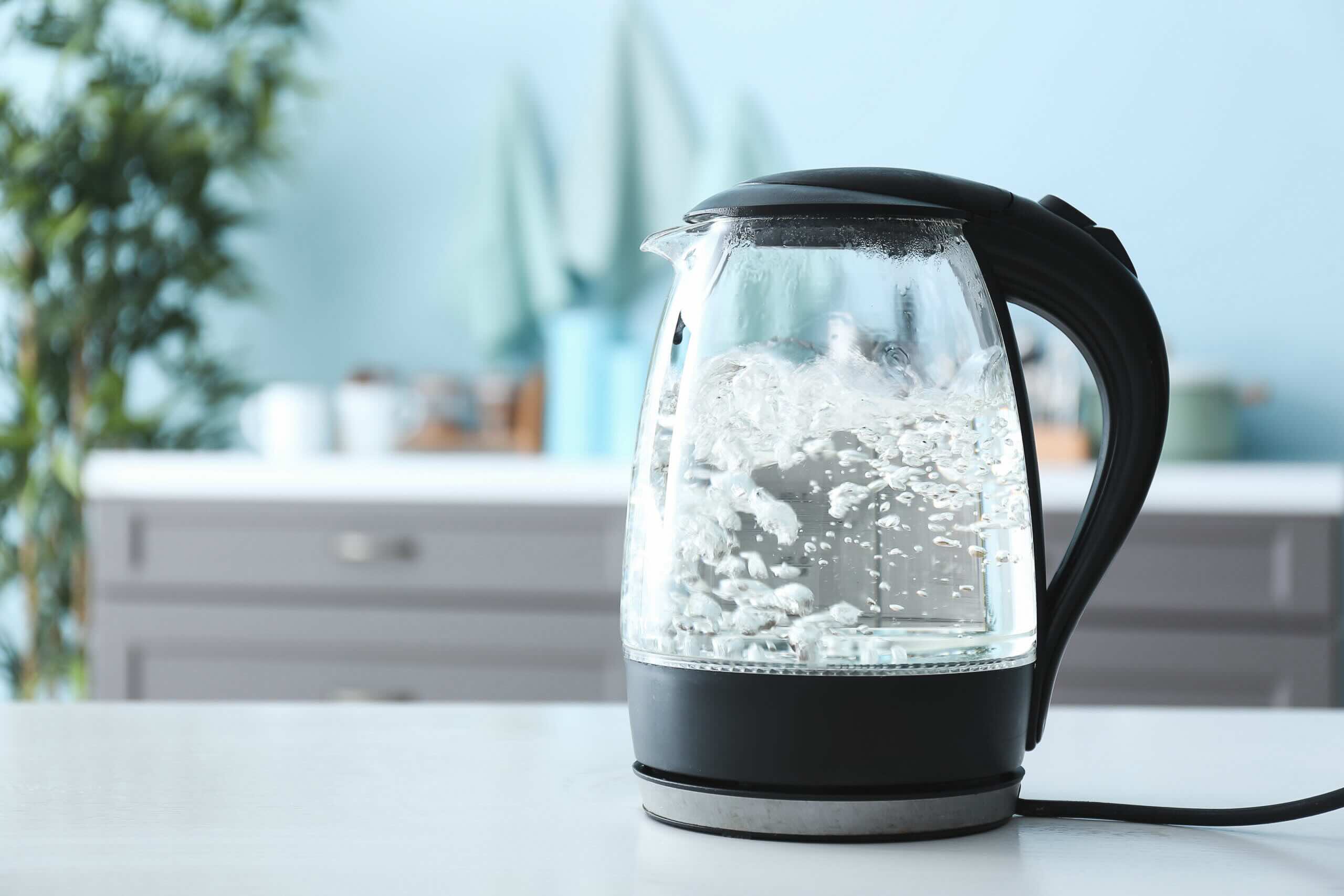
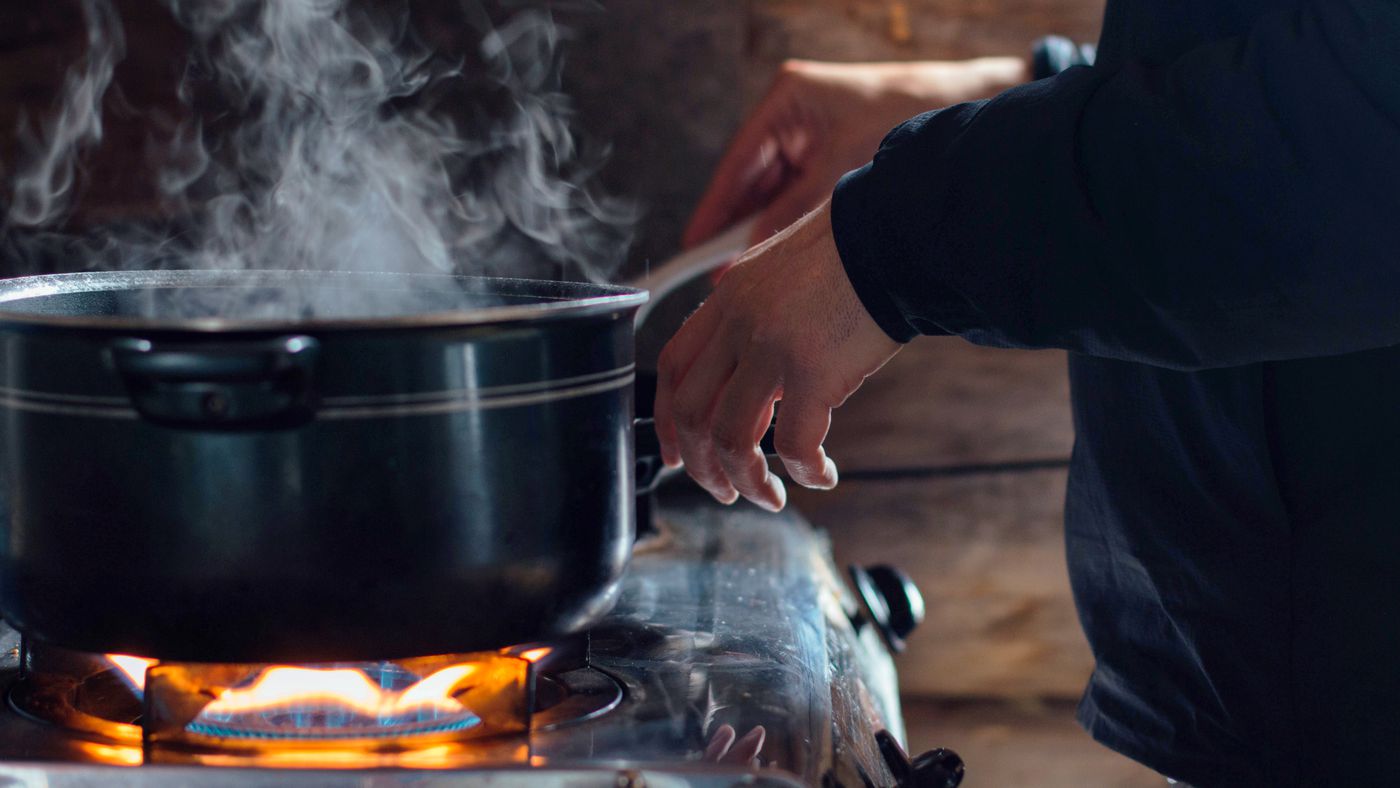
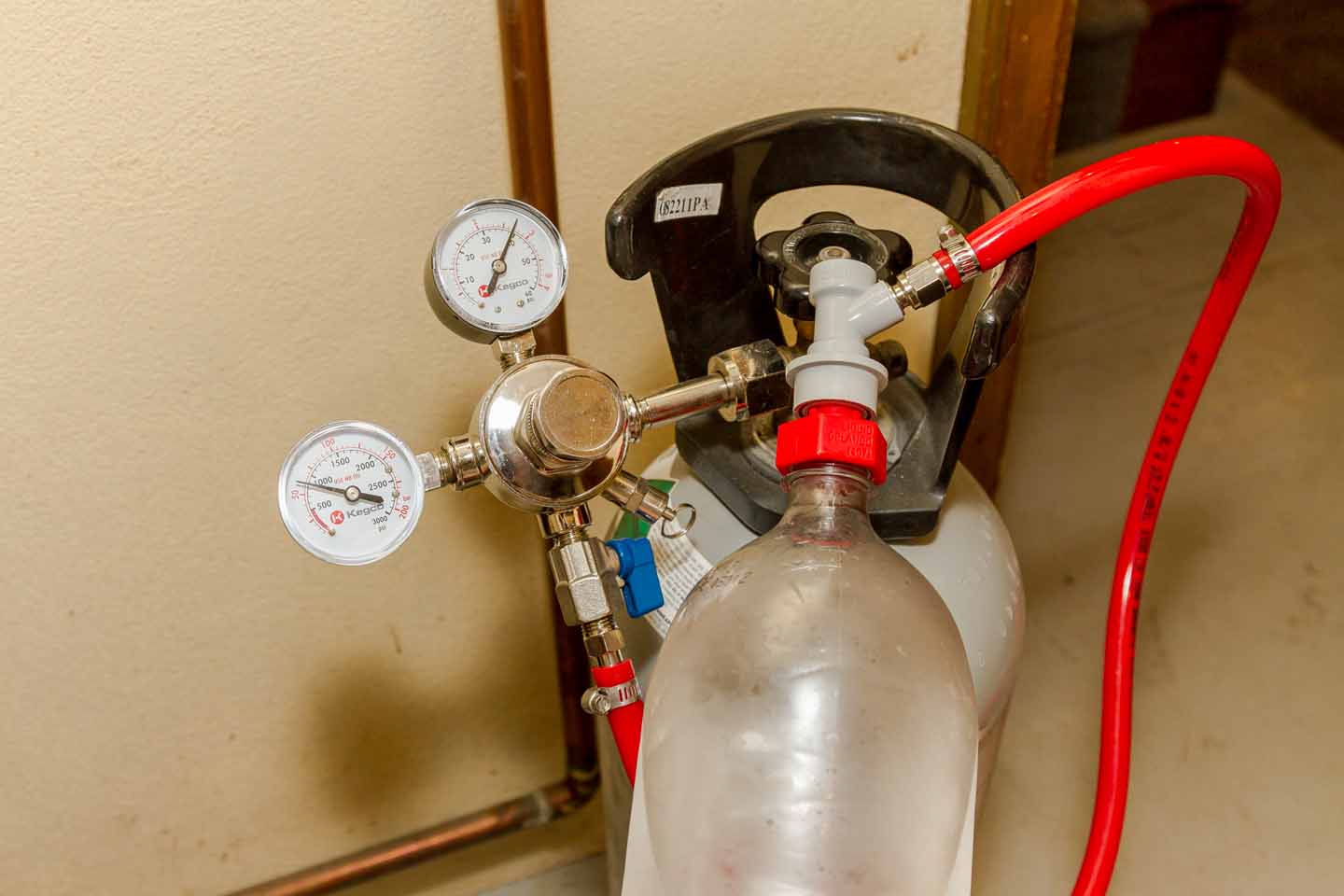
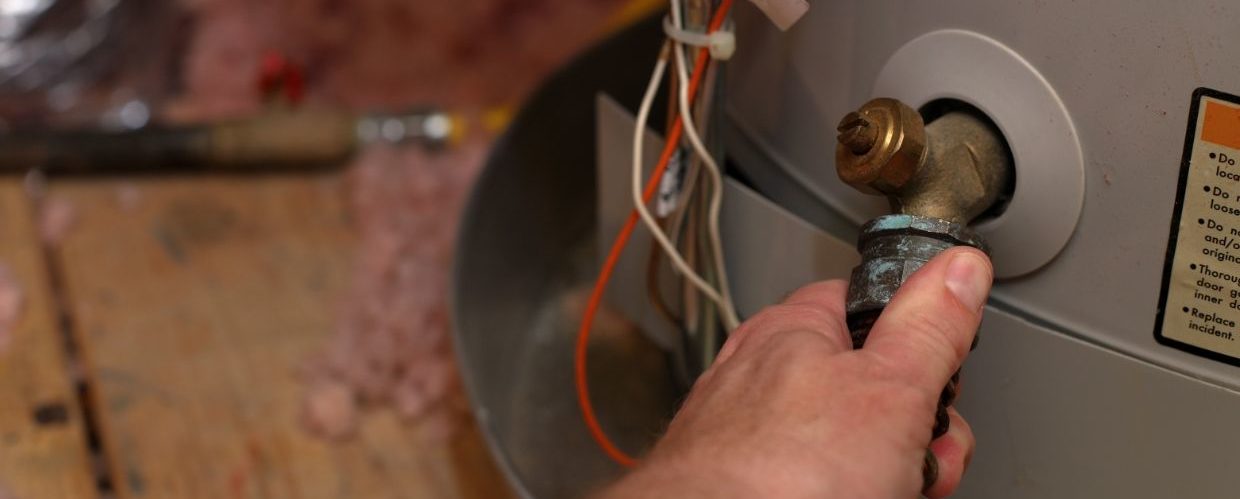
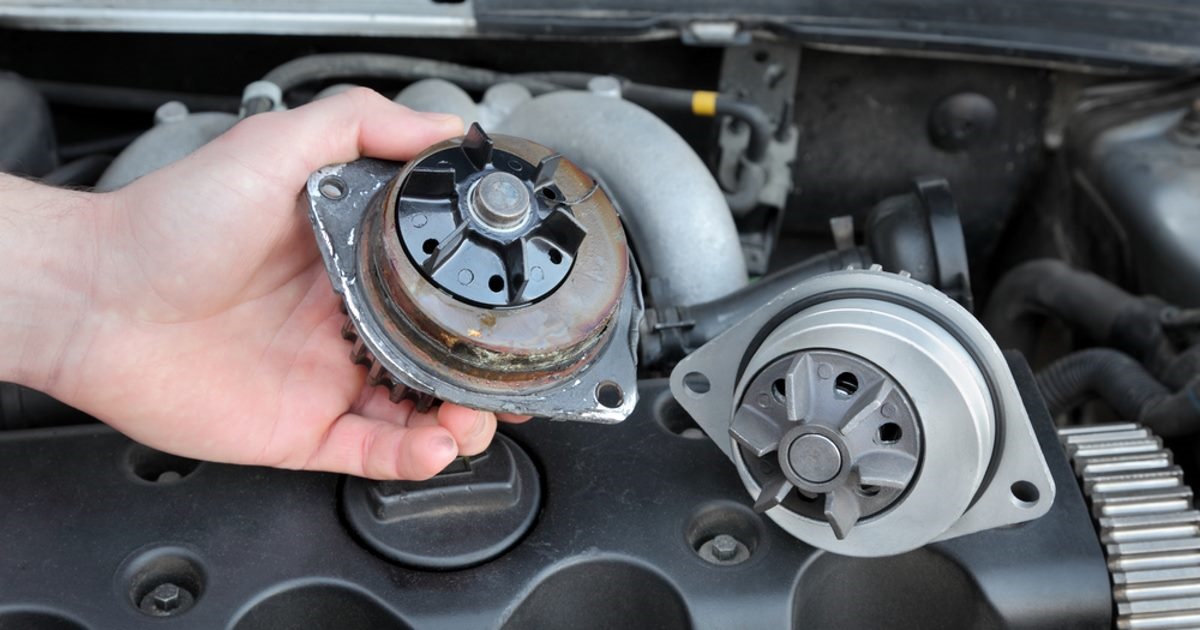
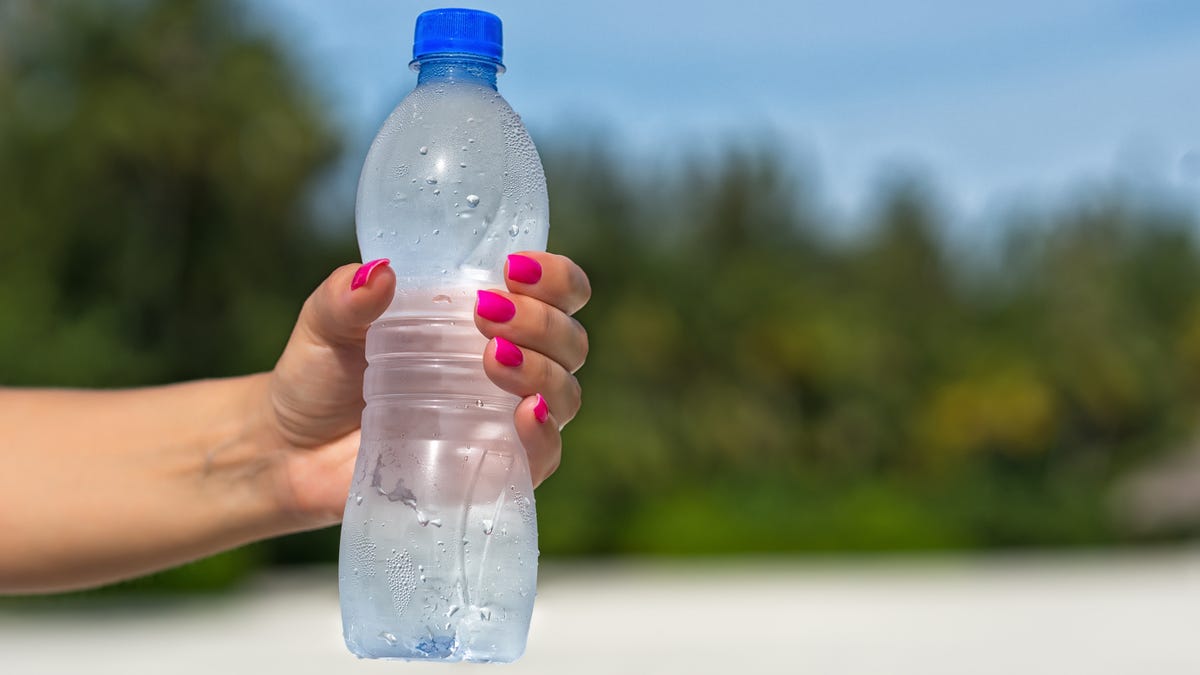
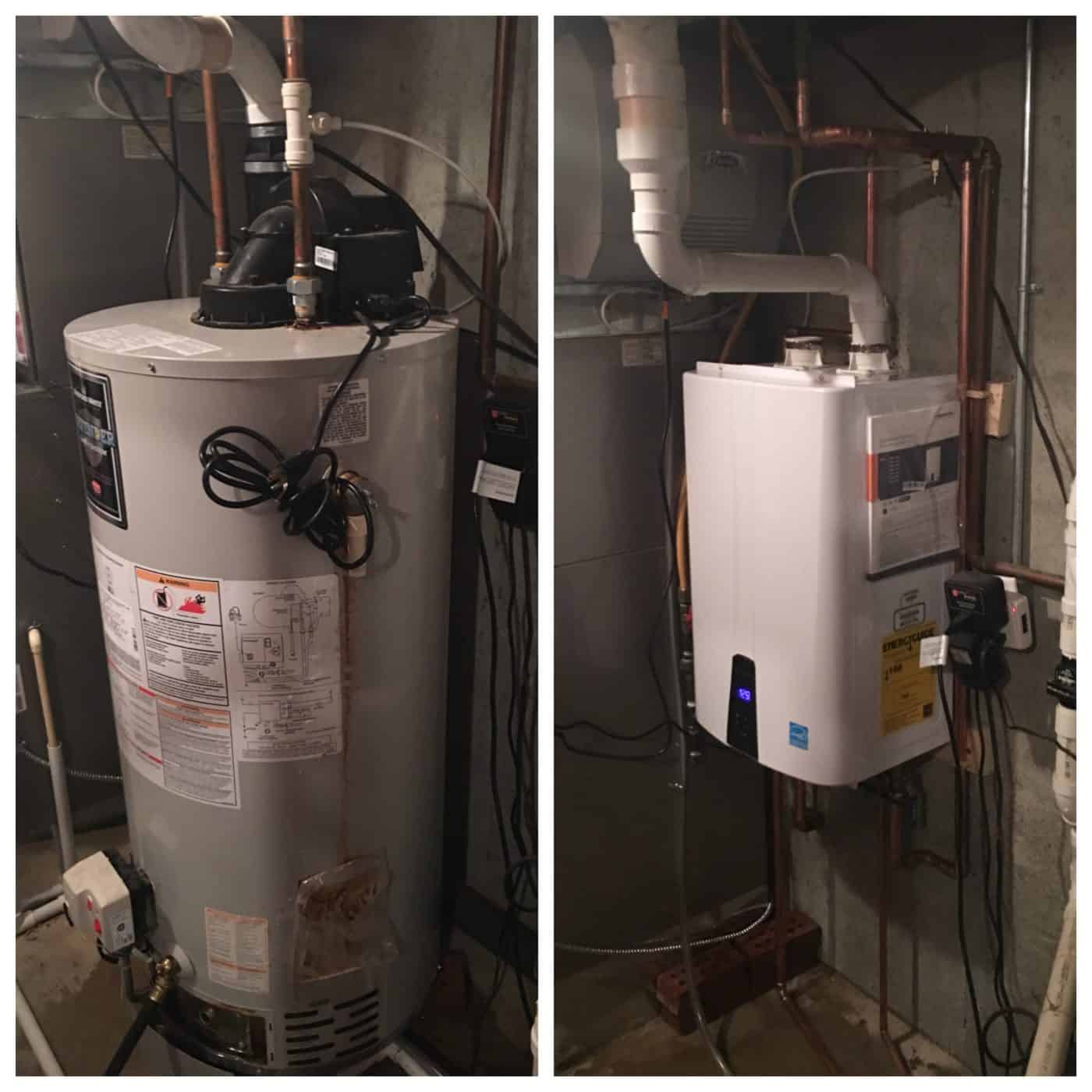
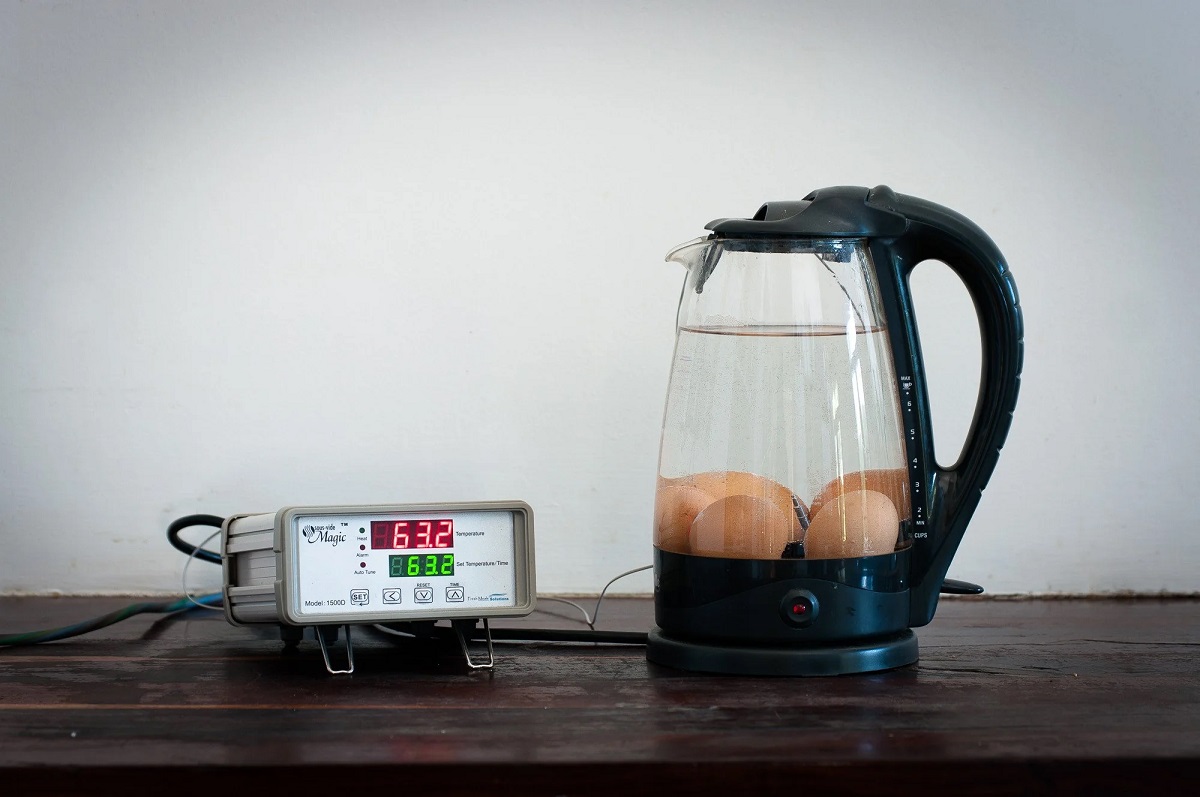
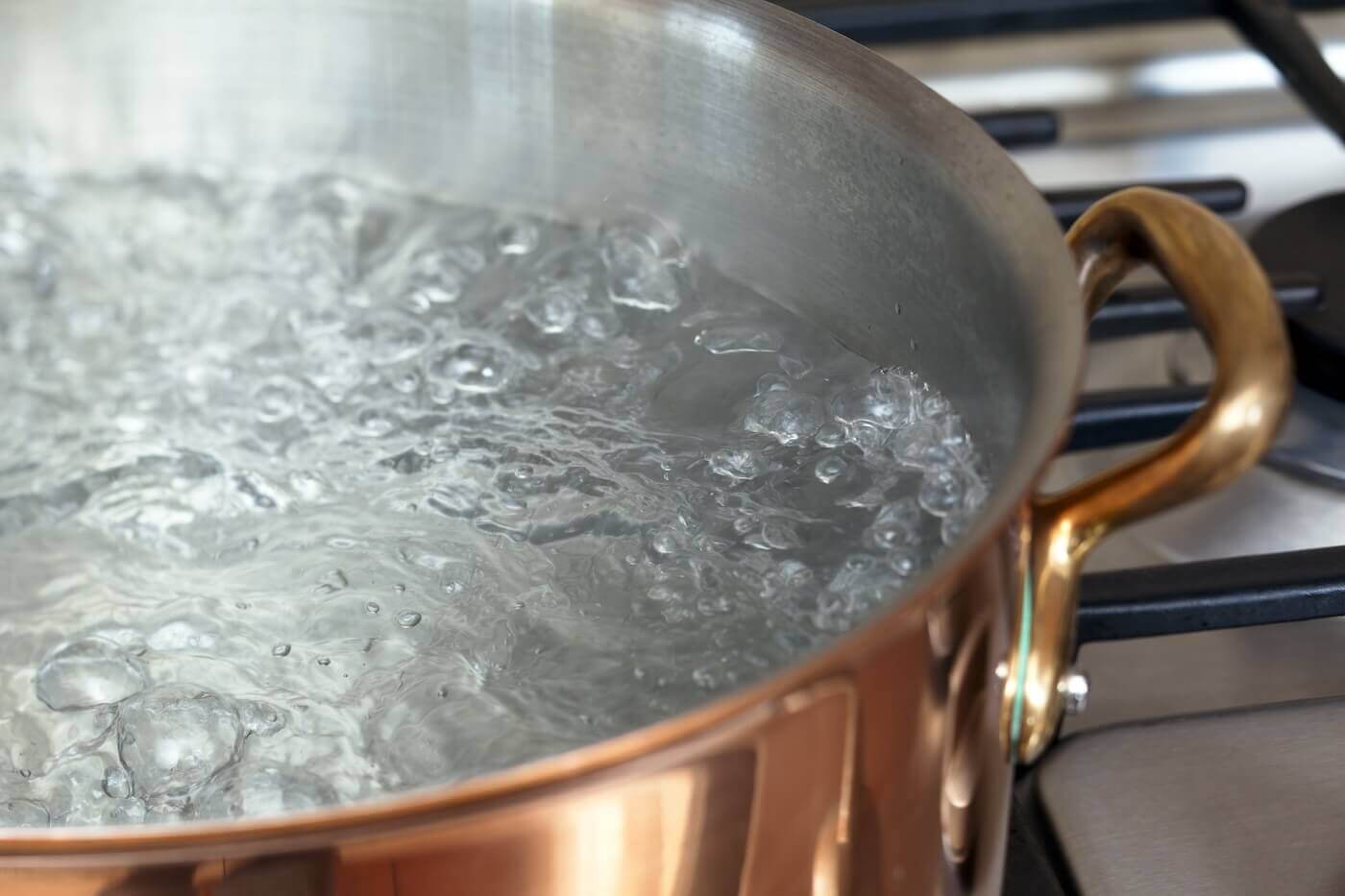
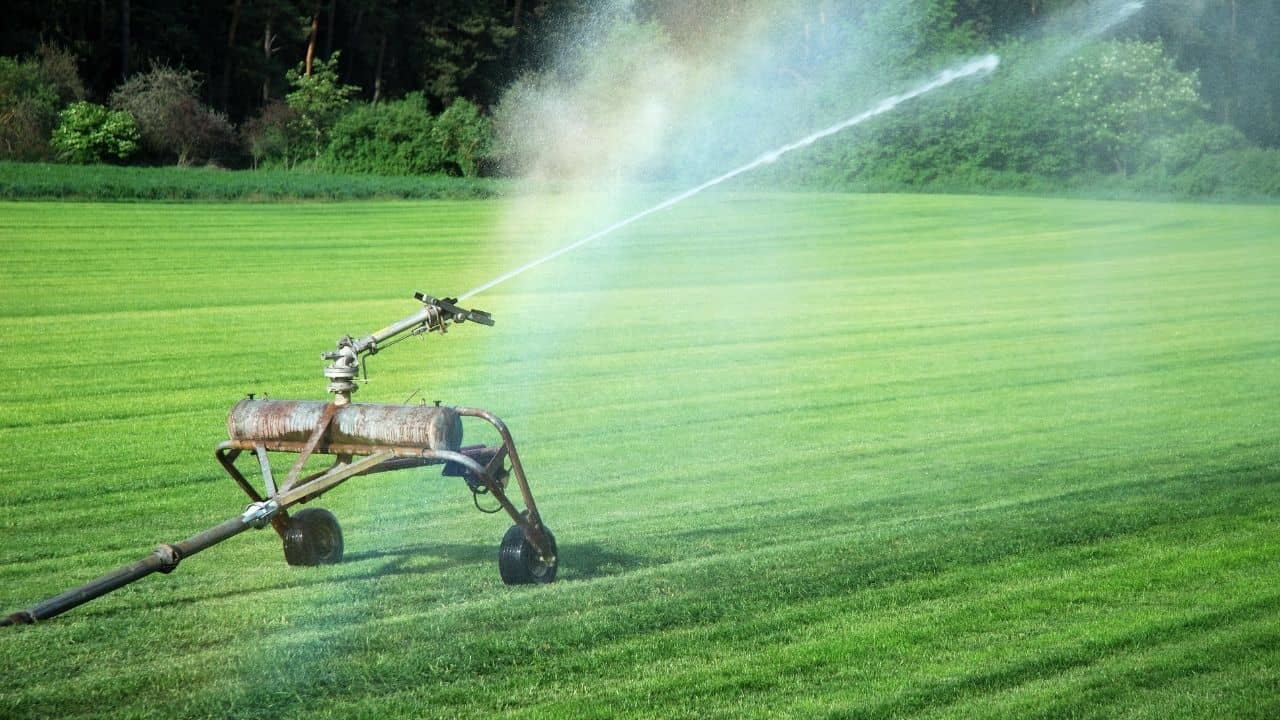
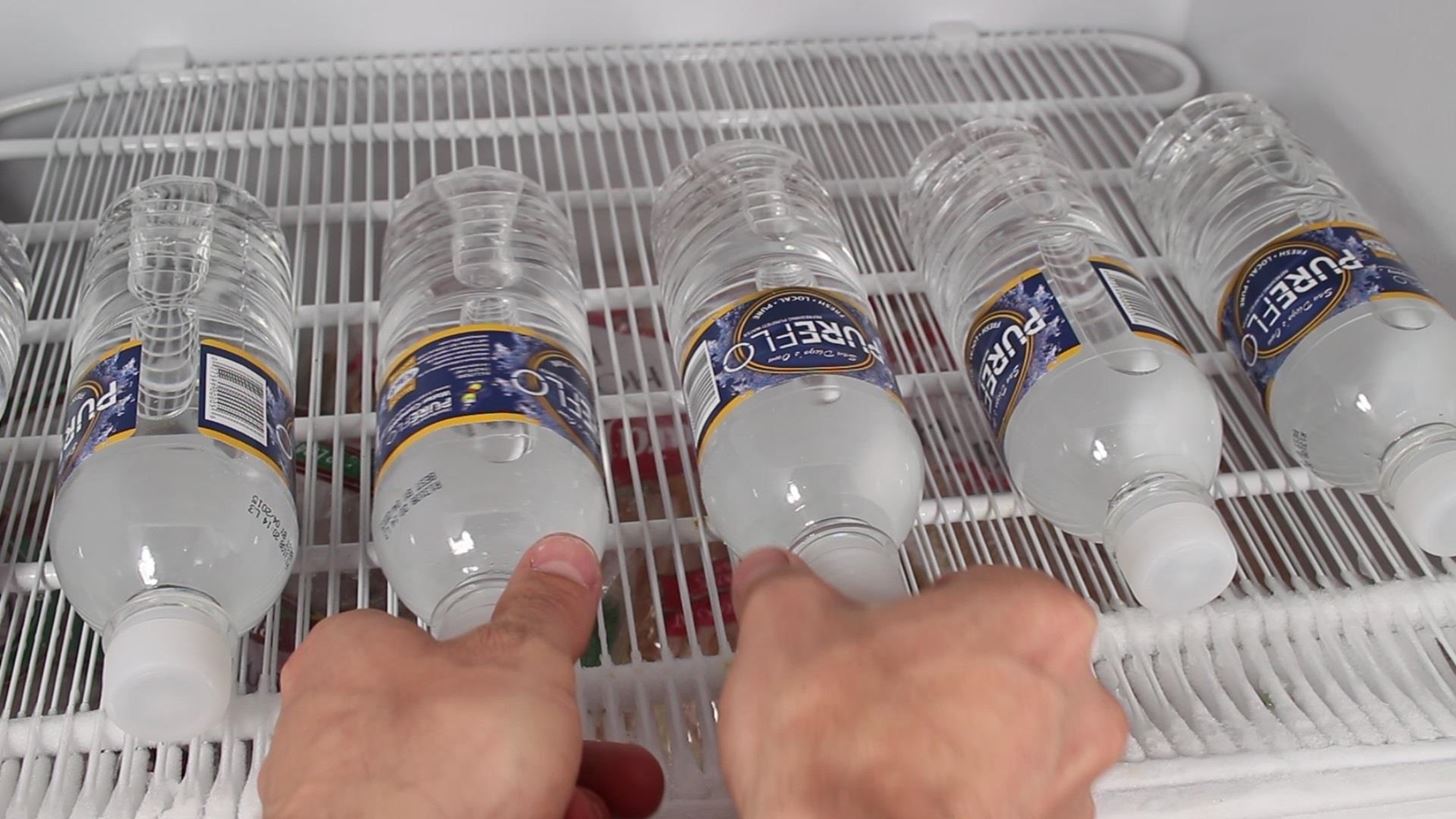
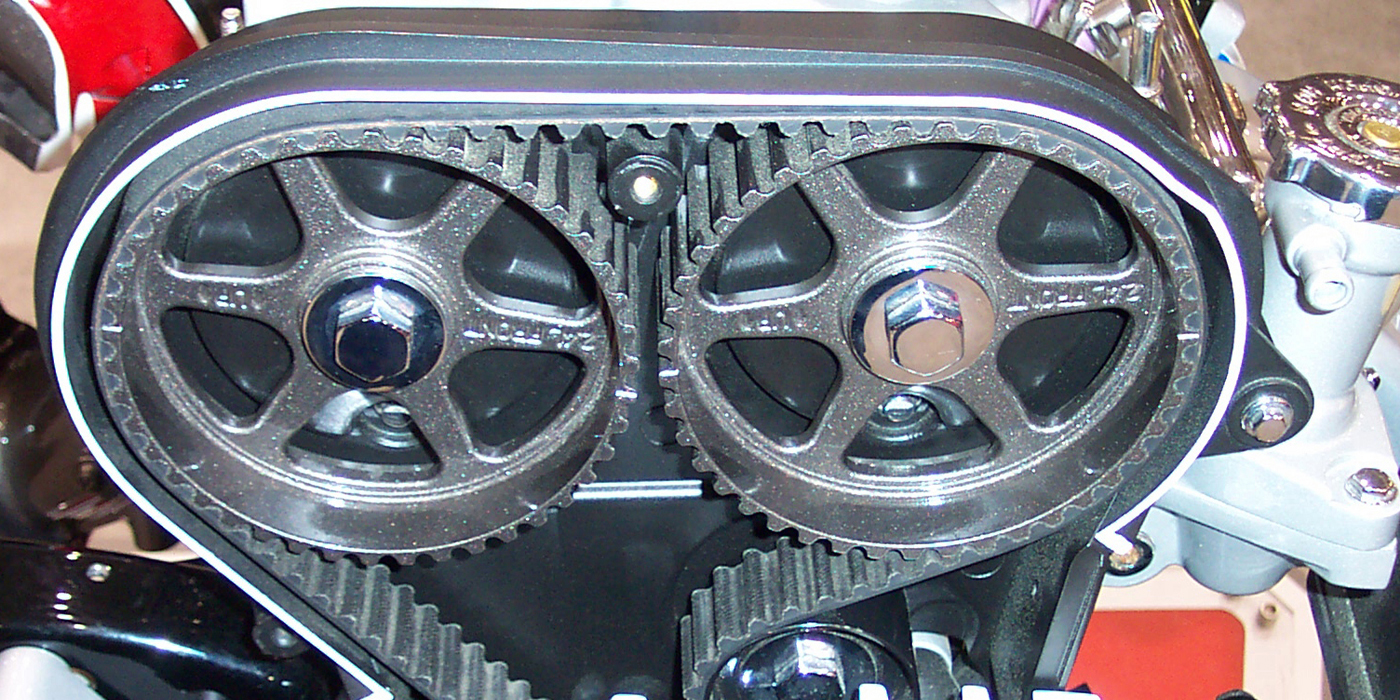
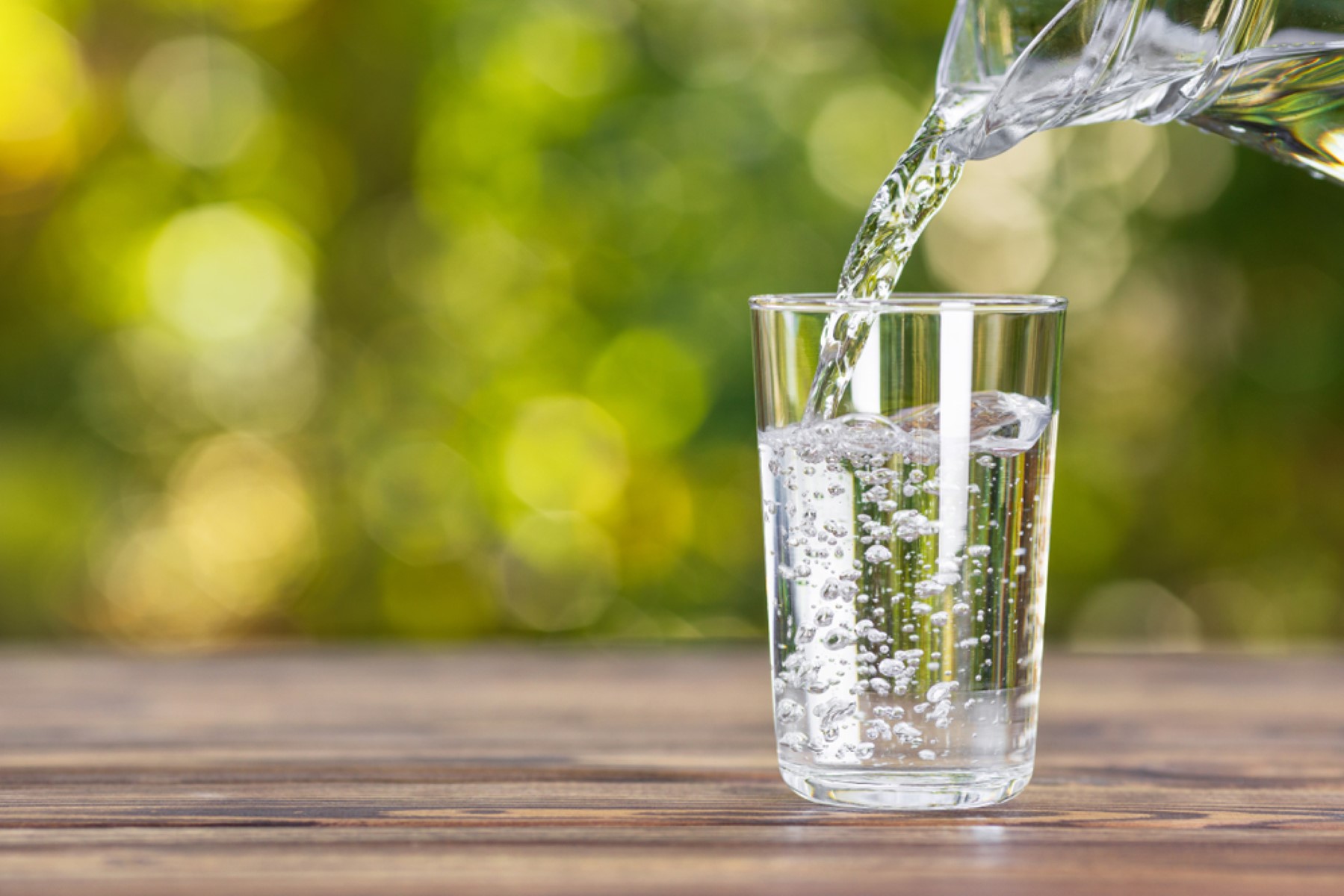
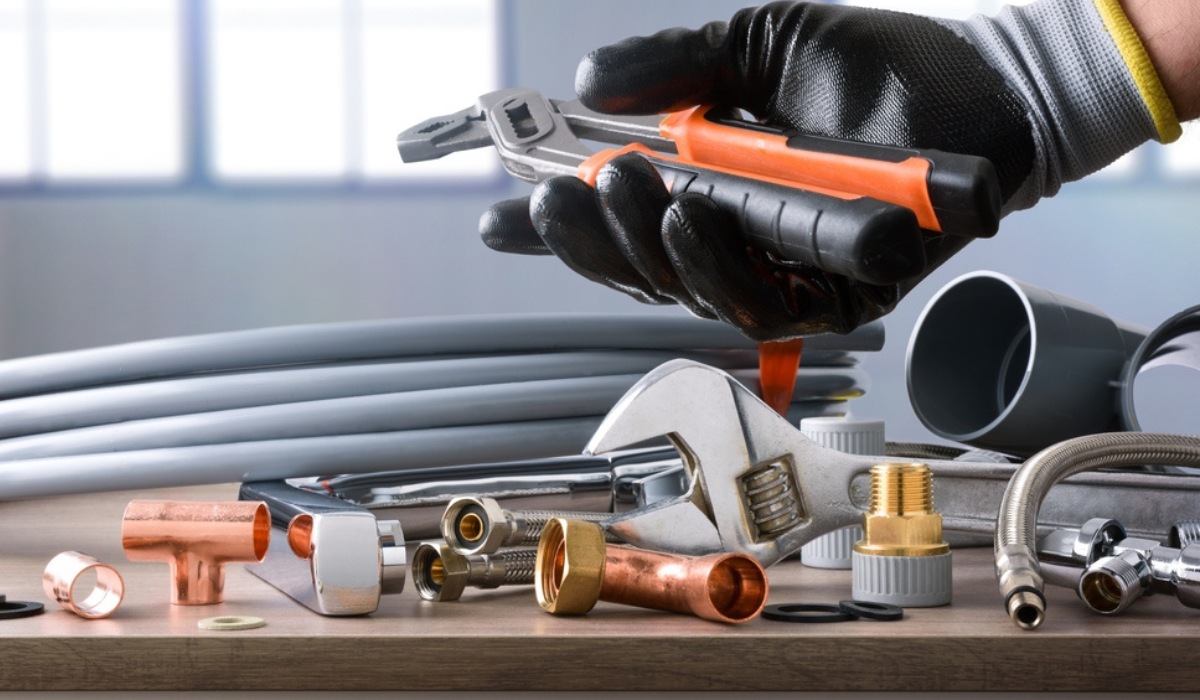
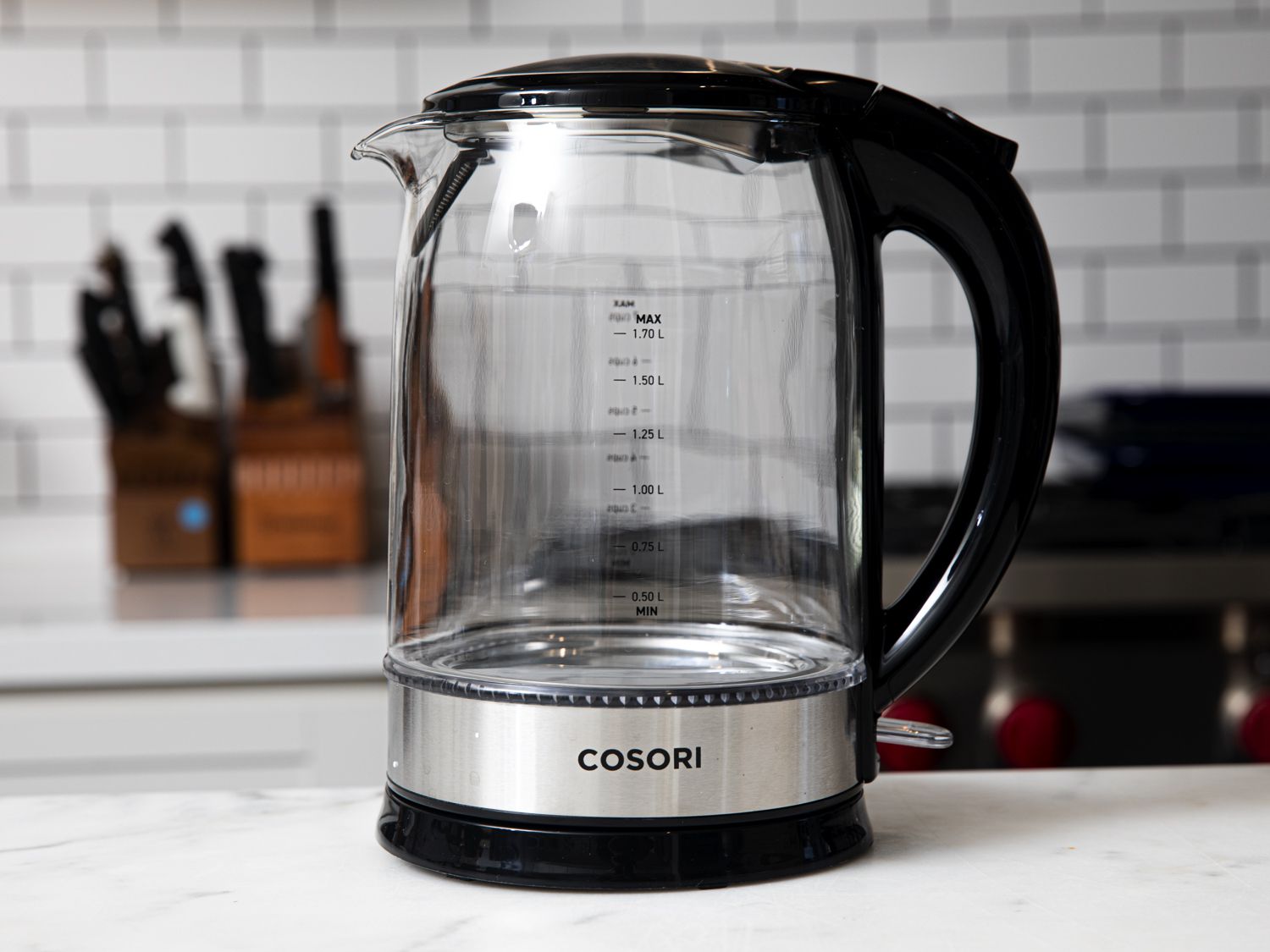

0 thoughts on “How Long Does It Take For Water To Boil In A Kettle”